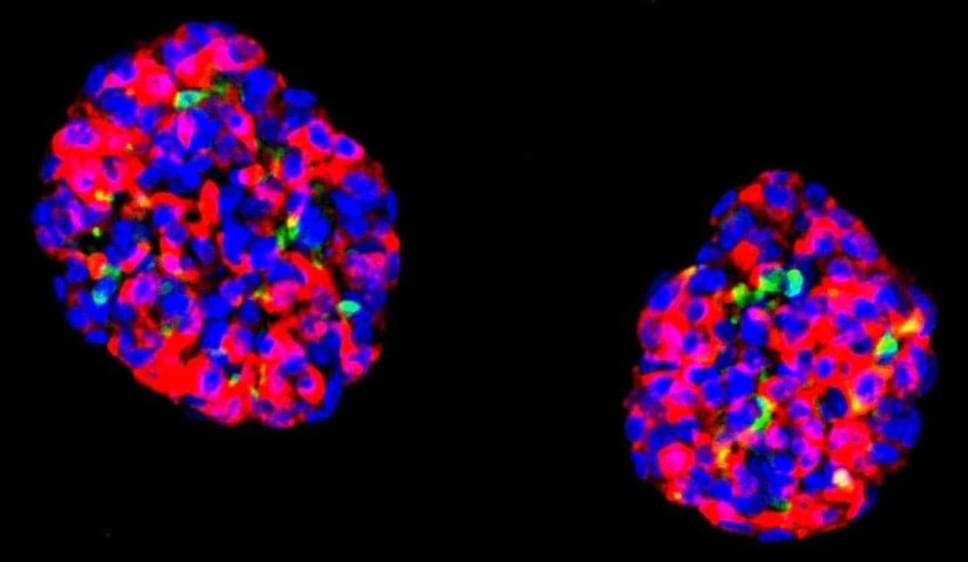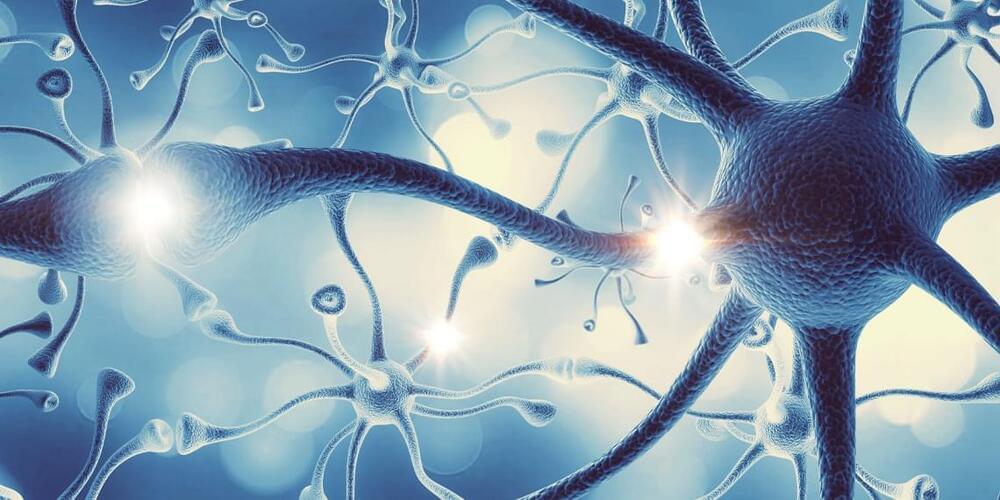Learn more about Dr. Hugo De Garis.
https://www.imdb.com/name/nm2433396/
CANADIAN PREPPERS SURVIVAL SUPERSTORE! Use discount code SURVIVALPREPPER for 10% off / Premium Survival/ Emergency Equipment.
https://canadianpreparedness.com/
GET EMERGENCY PRESCRIPTION MEDS AND ANTIBIOTICS (affiliate link)
https://jasemedical.com?rstr=4467
GET BODY ARMOR use coupon code ‘prepper’ for 10% off.
https://premierbodyarmor.com/prepper.
GET WHOLESALE FREEZEDRIED FOOD (World reknown quality) USE DISCOUNT CODE ‘CanadianPrepper’
https://tinyurl.com/nhhtddh6
GET GOLD AND SILVER FROM A VETTED REPUTABLE COMPANY (affiliate links)







